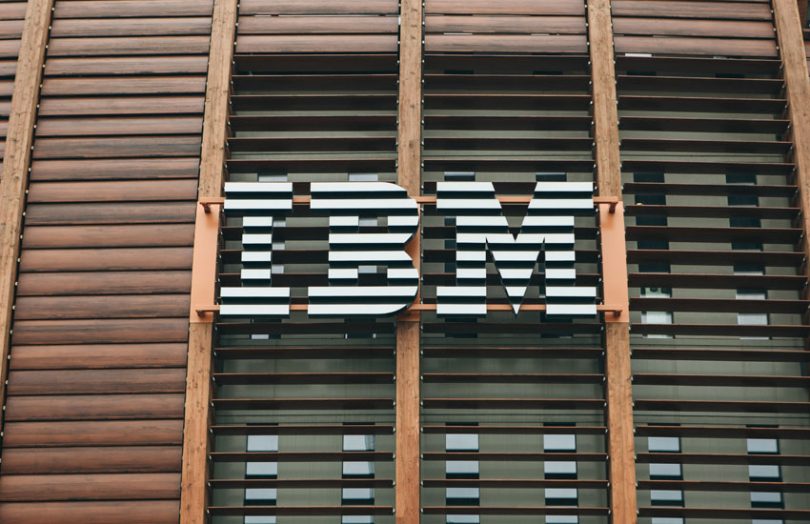Today it was announced IBM’s enterprise blockchain is being used in a new platform for securitizing credit. Italian firm Centotrenta Servicing has built a credit securitization management platform, HyperMast STS.
Centotrenta is an administration company that manages 200 Italian securitizations a year and is servicing portfolios totaling €15.6 billion ($16.9 billion). Its website shows much of its business is in non-performing loans, although Centotrenta also does performing loans, residential and commercial mortgage securitization as well as leasing and receivables.
Centotrenta’s role is to collect money from the portfolio and to monitor compliance of the securitization. BNP Paribas Securities Services is involved in the project as an account and paying agent bank. The Italian firm says the ecosystem includes other banks, advisors and law firms. It hopes to attract more participants such as servicers like itself, credit providers, investors, intermediaries and originators.
What about the 2008 crisis?
This is the same sector that attracted much of the blame for the 2008 financial crisis. Blockchain may broaden the scope for securitization. But questions continue to be asked. A major issue is whether the loan originator takes the same degree of care if they plan to offload the debt in a securitization.
Three months ago, rating agency Fitch reviewed blockchain in the sector. It noted that for now, blockchain is only used for certain aspects of securitization and rarely for an end-to-end transaction. It views the leading country as China, where the Bank of Communications’ Jucai Chain logs the full details of mortgages and mortgage payments.
Moody’s is also bullish on blockchain for securitization but believes it will only take off when standards are widely adopted, perhaps in 2021 and beyond.
Benefits of blockchain for securitization
Meanwhile, Centotrenta says the advantage of the solution is greater interaction between parties and transparency over processes, as well as more confidence in the financial assets. The steps covered by the solution include the creation of initial contracts – the block sale – and the contracts underlying the securities issuance.
We’ve asked whether this means the individual loan details are stored on the blockchain but didn’t receive a response in time for publication. Perhaps the biggest advantage to be gained is by including that level of detail, because then the performance of the securitization in terms of incoming payments, becomes very transparent.
For the Centotrenta project the technology partners are IBM and Blockchain Reply, and the solution uses Hyperledger Fabric as part of the IBM Blockchain Platform, which supports multiple cloud providers.
The prototype was completed in November, and the solution goes live this month.
Plenty of other companies are working on asset backed securitization. In the U.S., Figure Technologies is in the process of securitization property-related debt on its Provenance blockchain.
And Spanish bank BBVA experimented with a loan securitization for the European Investment Bank.






